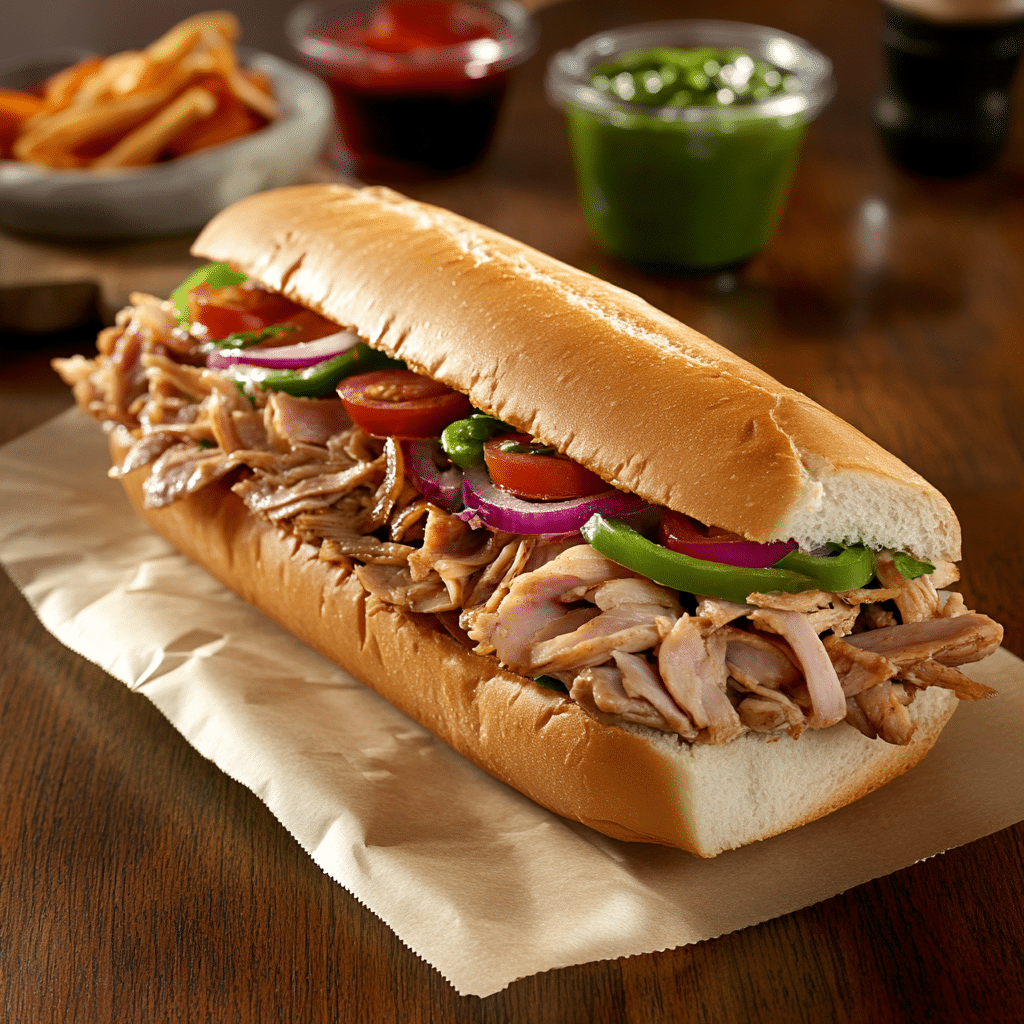In a world buzzing with chatter, the art of communication is like gliding through a high-stakes poker game—you need to know when to speak, when to listen, and how to read the room. Enter Gestalt Language Processing (GLP), a captivating method of language acquisition that’s been gaining attention, especially among individuals on the autism spectrum. Unlike the more typical language learners who assemble words like building blocks, gestalt processors absorb language in glorious phrases, like captains hoisting sails of opportunity. Understanding the ins and outs of gestalt language processing can not only reshape how we communicate but also give us insights into the rich tapestry of human interaction.
At its foundation, gestalt language processing translates to understanding and using language as chunks or “gestalts” rather than isolated words. Think of it as absorbing scenes from a movie—you don’t just remember a line or two; you remember snatches of dialogue that capture the essence of a moment. Realizing this opens up a fresh perspective for educators and caregivers. They should focus on context rather than merely tossing around vocabulary as if they were beads on a string. Tailoring interactions to allow those who learn through GLP to shine is essential for effective engagement and expression in social settings.
Now let’s take a moment to compare the builders versus the broth makers: analytical language processors. While analytical processors grow their language skills by stacking single words to create sentences, gestalt processors pull phrases straight from the air around them, creating a collage of learned expressions. This comparison reveals distinct strengths and challenges that make it critical to customize communication strategies for each type. Those who get it right not only foster a more inclusive atmosphere but also enhance the creativity of dialogue.
Top 7 Strategies for Leveraging Gestalt Language Processing in Communication
Successful communication with gestalt language processors isn’t about a one-size-fits-all approach. It’s about knowing your audience like a skilled conversationalist at a cocktail party. Here are the top seven effective tactics for making the most of gestalt language processing:

1. Embrace Echolalia as a Communication Tool
You may find kids quoting their favorite TV shows or movies when asked simple questions. Don’t raise the eyebrow, embrace it! Instead of shooing away this enchanting form of communication, educators and caregivers can validate echolalia as a useful method. By acknowledging these phrases, we transform echoes of others into a building block for original expression. Echolalia isn’t just mimicry; it’s a treasure trove of communication waiting to be harnessed.
2. Provide Rich Language Context
When you talk to a gestalt language processor, toss away the fragmented phrases and indulge in whole sentences. Instead of blurting out “Apple?” why not ask, “Do you want an apple?” This approach deepens their understanding of both the social context and the functional use of language. The Rich Language Project in selected schools spotlighted this practical range, showing how context-rich language can lead to deeper comprehension. Try updating your casual dialogue; the payoff could be marvelous.
3. Model Language Through Naturalistic Interactions
Language should be organic, blossoming from everyday situations. You’re at snack time, talking about how juicy that peach is? Go for it! Describing actions while kids play? Gold star! If a child is stacking blocks, narrate their actions and what they might be building. Integrating language naturally fosters a comfortable environment where communication can flourish. This everyday approach fuels both confidence and creativity in expression.
4. Differentiate Between Functional and Non-Functional Language
Ditch the highbrow language. It’s vital to focus on functional phrases that help in daily life—think “I need a break” instead of abstract academic language. This practice empowers individuals to communicate their needs effectively, sharpening their expression. When they use language grounded in their reality, they build communication skills that ripple out into everyday interactions.
5. Use Visual Supports to Enhance Comprehension
Visuals are the game-changers. Think visual schedules or illustrated storytelling that help bridge their existing gestalt phrases to new concepts. For example, storyboards can turn language-learning into a fun journey, linking phrases they know to their meanings. A clear visual can unlock understanding just as the cast of “The Man of Steel” brings their characters to life.
6. Encourage Spontaneous Language Production
Spur spontaneous expression by creating fun role-playing scenarios. Picture this: a restaurant visit in a roleplay game where children can use phrases they learned from their echolalic behavior in a new context. Just like “Interment” breathed life into its story, you can foster creativity and language development through playful dialogue.
7. Collaborate with Speech-Language Pathologists
Partner up with specialists who know their stuff. Speech-language pathologists focused on gestalt language processing craft strategies tailored to a child’s unique linguistic background. Folks like Dr. Marisha D. Rios advocate for bespoke interventions that align with each child’s personality and communication style. Engaging these professionals ensures a supportive journey toward effective communication.
Innovative Techniques to Enhance Gestalt Language Processing
Beyond strategies, innovative methods are revolutionizing the realm of gestalt language processing:
Rev up your language game with apps like Proloquo2Go and TouchChat. These customizable communication boards put gestalt processors in the driver’s seat, allowing them to explore language through engaging, interactive contexts.
Dive into narrative-based interventions like the Story Grammar Marker, which helps gestalt processors craft their narratives. This technique nudges them from repeating chunks to creating spontaneous and original language use, resembling an evolving storyline. Just think of how country Artists spin tales with their tunes, and you’ll get it.

Expanding Horizons: The Future of Gestalt Language Processing in Communication
The future of gestalt language processing shines bright on the horizon. As we dig deeper into the techniques and strategies that support communication, we build environments where each person’s expression gets celebrated. Recognizing how these unique strategies unlock potential means opening up conversations that are richer, more meaningful, and deeply empathetic.
At its core, harnessing the secrets of gestalt language processing isn’t just a skill; it’s an invitation to redefine our communication game. It’s a chance to construct deeper connections that resonate through our communities. With emerging research and fresh practices, the ability to converse empathetically becomes a shared journey. So, let’s gear up to make our interactions profound, because you never know the magic that might unfold from understanding this fascinating linguistic phenomenon.
Gestalt Language Processing: Fun Trivia and Interesting Facts
What Is Gestalt Language Processing?
Did you know that gestalt language processing (GLP) is a way of learning language by picking up chunks or phrases rather than individual words? This nifty approach lets children, particularly those on the autism spectrum, communicate more effectively by using memorized phrases that fit specific contexts. Just like how a country artist pulls together a catchy tune, these kids piece together elements they’ve heard, forming a unique form of communication that can be quite expressive! You might be surprised to learn that GLP is not limited to children; many adults also employ this method in daily conversations.
A Bit of History
The concept of gestalt language processing got a boost thanks to the research of various speech-language pathologists. One influential figure is Frank Herbert, well-known for his intricate storytelling and character development in Dune—a reminder that communication can grow complex like the plots of our favorite soap operas. Speaking of intricacies, have you ever seen a bold move like switching from a pie to a strawberry shortcake costume for Halloween? That might be just as daring as moving from simple phrases to more complex sentences in language development!
Applications and Benefits
What’s fascinating is how gestalt language processing impacts social interactions. For instance, kids using GLP might quote lines from movies to express their feelings or experiences—imagine them quoting a scene from a film like “The Man of Steel” while sharing their own superhero challenges! This sharing enriches their social skills and helps them connect with others. Plus, it can boost vocabulary growth as they branch out from those initial phrases, somewhat akin to how the C8 Zr1 moves from the starting line to dominating the racing track.
Understanding gestalt language processing can be a game-changer, especially for parents and educators aiming to support communicative growth. By catering to their unique style, adults can create an environment that nurtures expressive language. So next time you hear a child venting their emotions through a catchy phrase or quoting a beloved character, remember that it’s not just stringing words together—it’s an art form. Just like the varied choices of Cartier Earrings, each child’s use of language is a gem in its own right, beautiful and distinctly personal!























